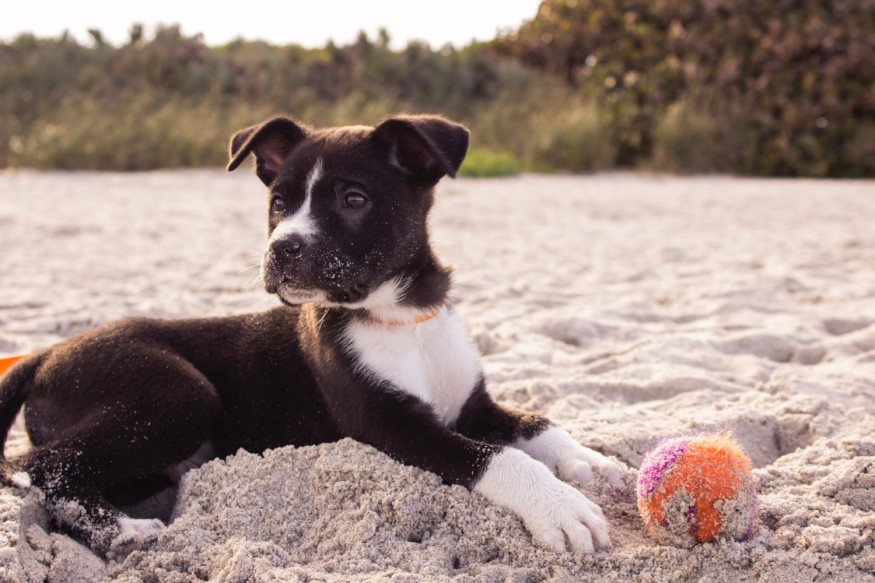The study published in the Journal of Neuroscience revealed that the dog's new brain map shows where the signals go next after the dog's odor information enters the nose. The nerve connection was not present in any species, including humans. This also explains why dogs could still play fetch even if they got blind.

Researchers Build A Dog Brain Map
The researchers built a map on understanding the route of the signals of the odor information. They performed MRI scans on three beagles and 20 mixed-breed dogs to do it. The subjects were all likely good sniffers because they had medium-sized heads and lengthy nostrils.
Then, researchers identified tracts of white matter fibers transmitting signals between different brain parts. The underlying tracts, which the researchers compared to the road network of the brain, were discovered using a technique called diffusion tensor imaging that depends on the passage of water molecules along the tissue.
The olfactory bulb, a brain structure behind the dogs' eyes, receives odor information when it enters the nose. But it wasn't immediately obvious where the signals went after that. Pip Johnson, a veterinary radiologist and neuroimaging expert at Cornell, was astounded by what she found when she searched for the tracts in the canine MRI data. "I just kept uncovering these enormous paths. "They appear to be information highways circling back into the brain from the nose," she said.
MRI Result Reveals New Connection
Based on the MRI, strong neuronal pathways branch out to five different spots from the olfactory bulb of the dog's brain. One of these five spots is a new path that connects the olfactory system to vision. The other paths connect to the cortical spinal tract (triggers instinctual behavior), limbic system (behavior and emotion), piriform lobe (odor perception), and entorhinal cortex (handles memory).
The new dog brain map includes some well-known roadways, such as those connecting the olfactory bulb to brain areas connected with memory and emotions. These reasons explain why the smell of perfume can send a person back in time.
The new track is thick and connected to the olfactory bulb via the occipital lobe. This lobe controls vision in dogs. Eileen Jenkins, a retired army veterinarian and an expert on working dogs, said that there had been many people who thought that the connections existed, but no one has been able to offer any evidence. Dogs assess their surroundings using all of their senses. But the recently discovered link between smell and sight raises the possibility that the two senses are closely related. According to Johnson, it may be because of this physical connection that smell frequently makes up for a dog's loss of vision.
Neuroscientist Erin Hecht of Harvard University and colleagues discovered that breeding could alter the structures of canine brains. Hecht notes that it would be intriguing to observe how various dog breeds' olfactory pathways differ, particularly those of scent hounds bred and trained for tasks like hunting, discovering survivors of natural disasters, or detecting diseases like cancer or COVID-19. She claims that this study lays the groundwork for future work.
RELATED ARTICLE: Can Dogs Cause Severe Hepatitis in Children? Here's What Experts Say About It
Check out more news and information on Technology in Science Times.












